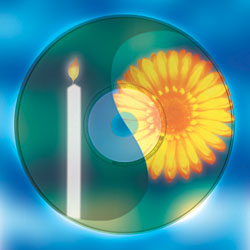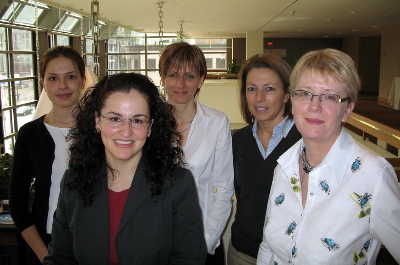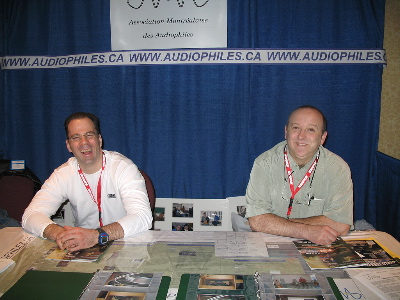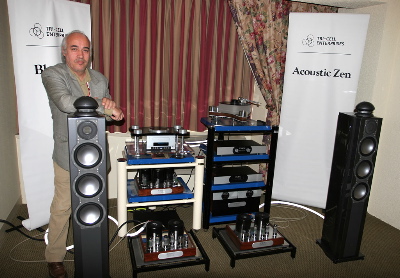Truth vs Beauty: A Tale of Two Transports
It is a truism that audiophiles love music. What distinguishes us (footnote 1) from the vast majority of music lovers is the importance we ascribe to the high-quality reproduction of recorded music. But what, exactly, constitutes high-quality sound reproduction? To many audiophiles, the answer relates to accuracy. Useful indices of accuracy include many of the parameters that editor John Atkinson routinely measures: flat frequency response, time and phase accuracy, and low distortion, to name a few. On the other hand, many audiophiles apparently have little interest in these aspects and instead seek nothing more—or less—than a romantic and pleasant sound. Such individuals are unfazed by demonstrable inaccuracies in their systems; as long as it sounds good to their ears, they are happy. Are these two schools of thought both compatible with the notion of high-end audio? If so, is one "more correct" than the other? Are they mutually exclusive? What brought this issue to mind was, of all things, a digital transport. Actually, two transports.





